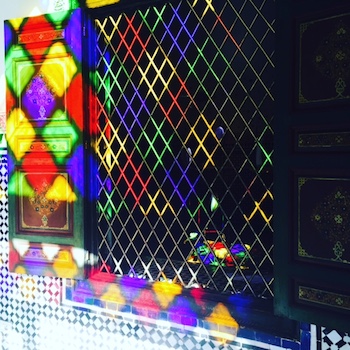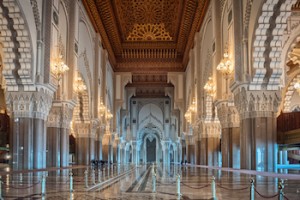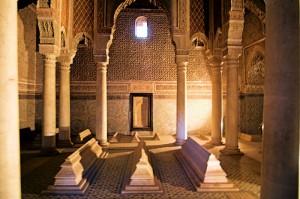Posts Tagged ‘Islamic Architecture’
Must See, Top Rated Places and Palace in Marrakech offers the perfect Insiders Guide to travelers who are visiting Morocco on a Private Tour. Don’t miss out on some of Marrakech’s Best places that range for Palaces to ancient Mosques. Known for it’s magnificent palaces and old world decor designed…
When traveling to Morocco on a cruise ship there are many escorted, port tour excursion options. Casablanca has much to offer does its sister city Rabat. The best Casablanca port tours are those that include an English, Multilingual Speaking driver who is…
Morocco has the richest Islamic architectural heritage in North Africa. Key to this was the influence of Muslim Andalusia, as Muslims were expelled from Spain as a result of the Christian Reconquista led by King Ferdinand and Queen Isabella in 1492. This Andalusian style, which was a rich fusion of…




